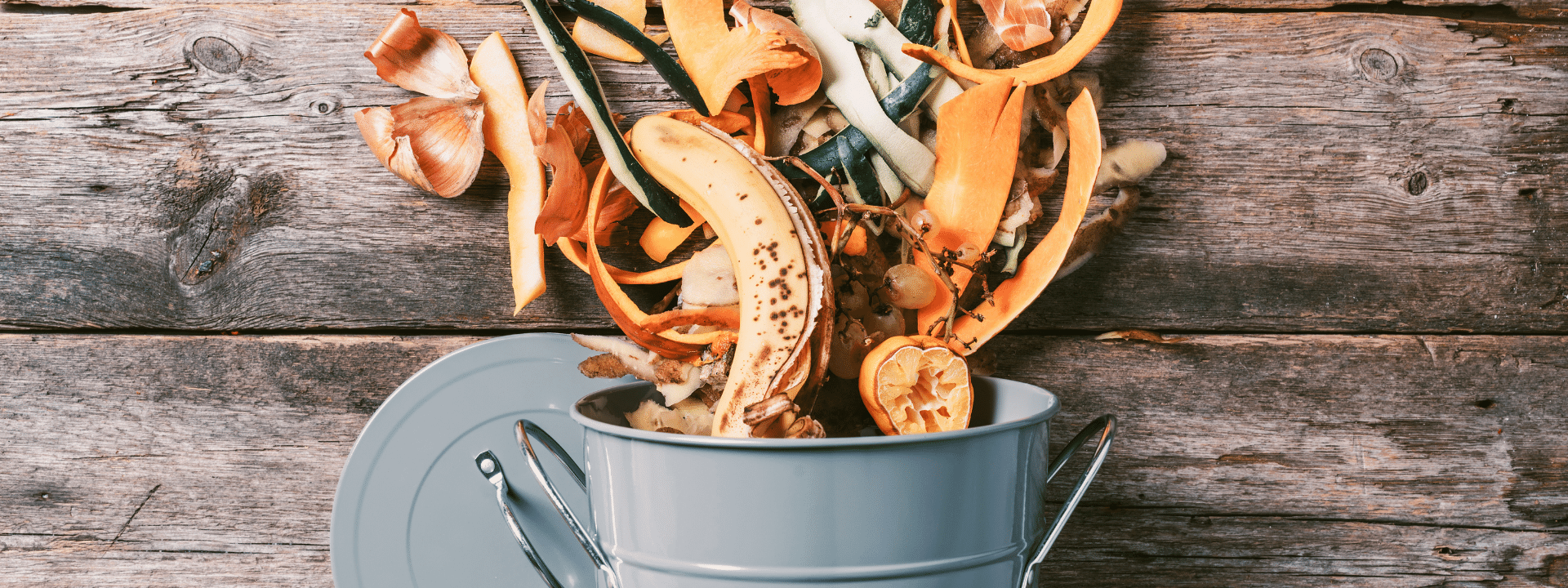9 Ways to Extend the Lifespan of Your Food AND How You Can Use Up Everything!
➡️ Did you know that roughly one third of the food produced in the world for human consumption every year — approximately 1.3 billion tonnes — gets lost or wasted? (Recycling Council of Ontario)
➡️ And that the average Canadian household wastes $1,766 every year on food that they don’t consume?
➡️. And – that each year, food waste in Canada creates about 56.5 million tonnes of carbon-dioxide equivilent emissions? (Waste Reduction Week in Canada)
Having read these troubling statistics. We’re challenging YOU to take some simple and accessible steps to minimize your food waste this year!

TIP #1: Purchase Some BeesWax Wraps:
Yes, this is an upfront cost however, once balanced against the $1k+ that’s wasted annually per-household AND the amount of money you’ll spend on single-use seran-wrap, the upfront fees incurred purchasing beeswax wraps (approximately $30 for a set of 4) don’t seem too bad.
Here’s why beeswax wraps can help you in your food-saving quest:
🐝. Unlike seran-wrap, beeswax wraps are breathable so food stays fresher, for longer.
Some more eco-facts about the merits of using beeswax wraps:
🌎 Beeswax wraps last one full year. They are bio-degradable and can be tossed in your compost bin one they’re spent.
🌎. They’re great for the environment. They reduce the amount of single-use plastics which can only be a great thing for our animals and the environment.
🌎. They’re antimacrobial which keeps things clean.
🌎 They themselves are easy to clean, you simply wash them down with cold water and leave them to clean.
If you’d like to hear more about beeswax wraps we recommend reading this blog post by RAOG Business Member, Abeego. The blog is titled: How to Store and Save Food and it’s written by Abeego Founder, Toni Desrosiers. It provides some fantastic insight into the merits of using a breathable material to store your produce. To back up their point, the Abeego team have even tested their wraps v’s ‘naked’ produce storage and they’ve shared the results on their website. It’s definitely worth a read!
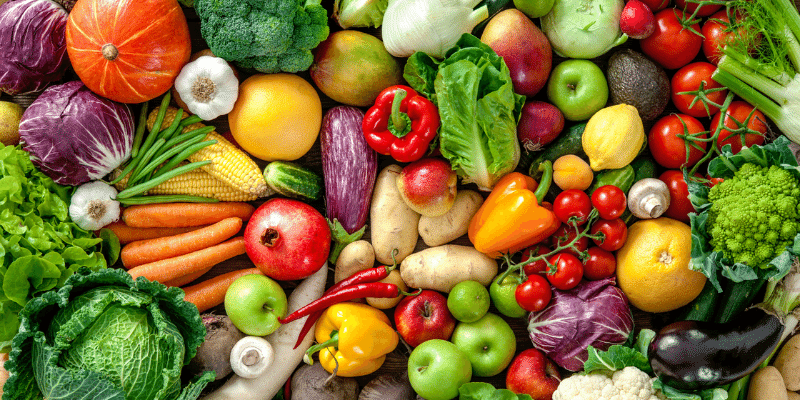
TIP #2: Store Produce Correctly:
What works for your tomatoes won’t work for your clementines and won’t work for your bread.
Look online to figure out the best ways to store produce to make it last longer – you can always leave a comment below for tips and pointers, too.
An example: Here are some ways to prolong the lifespan of your potatoes:



A fun fact: If stored correctly, potatoes can last up to 6 months.
You should also consider how you transport your produce home. Like saran-wrap, the plastic baggies provided in the supermarket don’t let your food breathe alongside being incredibly wasteful! Start your produce-journey off right by investing in reusable baggies (like these).
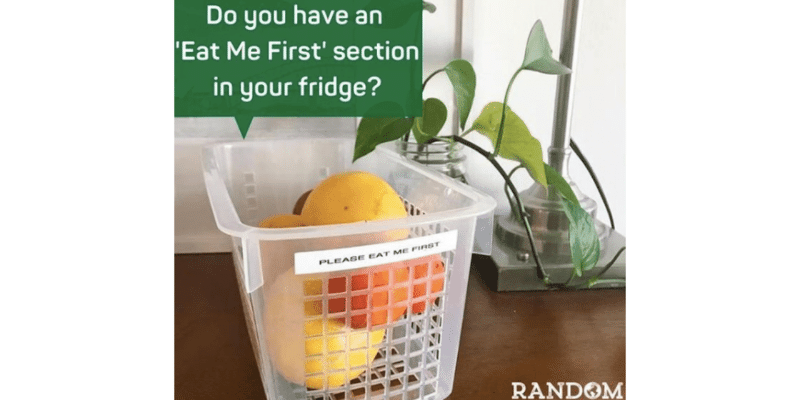
TIP #3: Prioritize What Gets Used First:
➡️. If you have a large family, things get moved around in the frige and it can be hard to keep a handle on what’s going on in there.
Implement the use of a ‘Use First’ basket and make sure produce on the cusp of turning get used first.
➡️. When you buy repeat cans (we all have multiple soups in our cupboards!) put newer purchases to the back and drag older buys to the front. Cans and dried goods do go bad afterall!
➡️. Store dried goods (like quinoa, beans and rice) in clear, labelled jars so you have a clear idea on what you have.
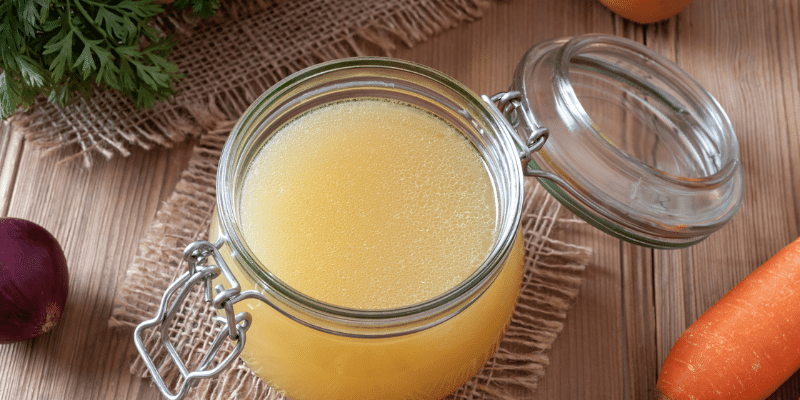
TIP #4: Use Everything:
What would look like waste at a quick glance, can become an additional source of food and sustenance. Here’s how:



TIP #5: You Made an Error with Purchasing!:
It happens! You Buy-One-Get-One-Free and decide you don’t like it, or you buy something and realize it has an ingredient in it that you can’t have. These items needent become garbage:
🗑️. Pass the product along to a friend, family member or neighbour.
🗑️. Leave it in the office kitchen with a ‘take me!’ note.
🗑️. Reach out to your local food bank to see if they’re taking donations.
🗑️. If it’s pet food, contact your local shelter.

Tip 6#: Don’t Be Too Picky & Consider Growing Your Own:
We’re not saying you need to eat mouldy fruit, but don’t overlook the crooked banana or slightly bruised pear at the grocery store. If you eat this produce in good time, it will still be delicious.
And if you *do* come across mushy berries or wilted spinach in your fridge – don’t despair! Blend it up and make a delicious smoothie, or toss the leaves into a pasta sauce where they’d wilt anyway.
If you’re willing and able:
🌿. Look into growing-your-own at home or into participating in a community garden. It’s a great way to connect with nature and to keep an eye on exactly what you have.
🌿. If you don’t have space to grow your own yard, look into inhome growing systems (⬅️ like these from RAOG Business Member, Just Vertical) or start small. Like, really small! Give sprouting a chance with one of these Sprouting Kits from Earth Warrior Lifestyle.

Tip 7#: Get Creative:
Somethings you just can’t eat (or you don’t feel comfortable eating 😉 )! Like apple cores, coffee grounds, egg shells … you get the picture.
There are ways in which you can ensure these items don’t end up in landfill!
For example:
➡️. Put coffee grounds in your compost or turn them into a shower scrub (mix grounds with coconut oil and brown sugar).
➡️. Add egg shells to your garden in a variety of ways: Simply pop them in the compost bin, use them for starting seeds or use them as mulch. Female birds in particular will enjoy snacking on them!
➡️. String up sliced old fruit for the birds and string them in your yard. Like RAOG Business Member, Camp Kawartha discussed here.
➡️. If you buy all-natural seeded bread, there are usually seeds left lurking in the bottom of the bag. Shake the seeds out in the garden – the birds will thank you 🐦

Tip 8#: Compost:
We touched on this in Tip #6 but it’s such a vast way to reduce food waste we thought it deserved its own segment. Composting is an amazing way to use up food scraps and food waste.
Here are some composting tips:



Tip 9# Transport Food Safely
We’ve all been there. You go on a hike or you commute to work. When you go to grab your lunch you find a soggy, squashed sandwich at the bottom of your bag – hardly appealing!
Transport your snacks safely (which in turn guarantees you can still eat them) by:


We hope our 9 speedy tips help you to reduce your own individual food waste this year.
If you have any suggestions that you’d like to share with our community be sure to let us know!

Author
Stephanie Ward
Stephanie started her journey towards a sustainable lifestyle young: at the age of 12, she started a ‘compost bin’ in a margarine container — and left it for her mum to find under the sink many weeks later … Needless to say, her eco-skills have improved since then! A vegan of 10+ years, a staunch animal welfare advocate, and an avid recycler, you’re most likely to find her on a hike, or in the garden.
Join Our Email Community
Gain exclusive access to green trends, tips, and tricks when you sign up for our free newsletter. Enter your email to join our community of changemakers!
More Blog Posts:
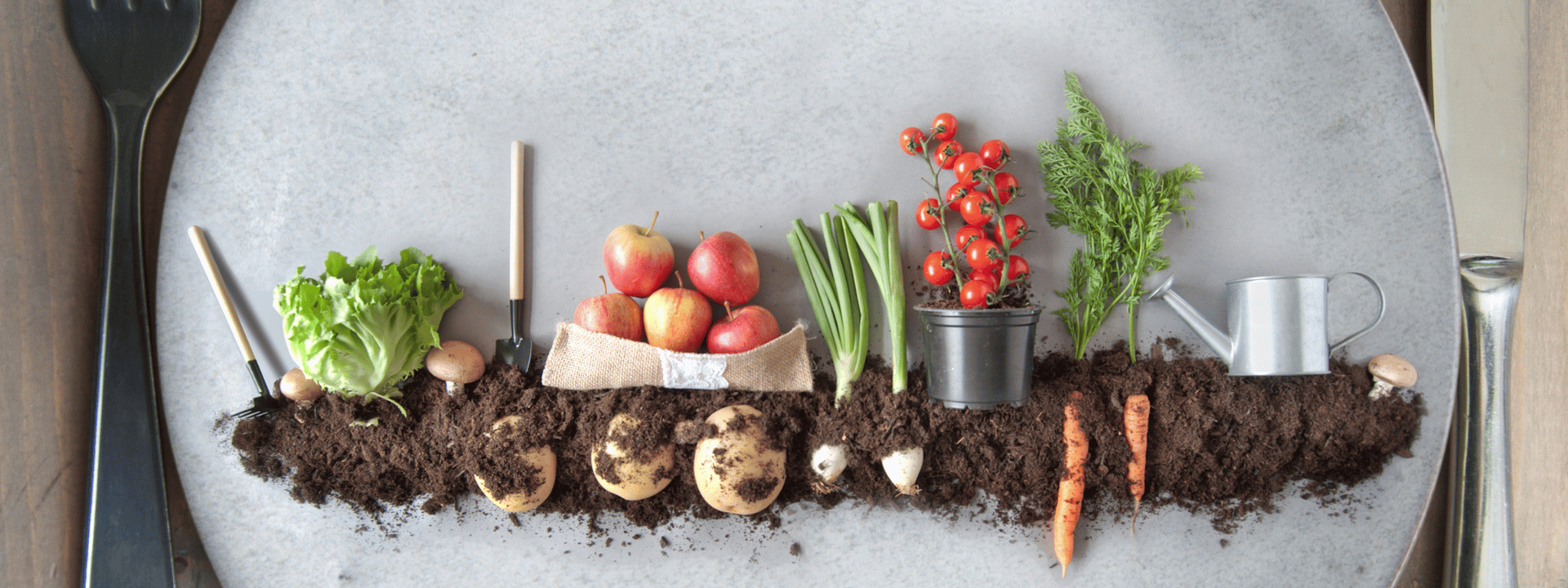
The Guide to Veganuary!
Whether you are going full vegan or starting to eat less meat, our guide to veganuary will help you go plant-based in 2023.
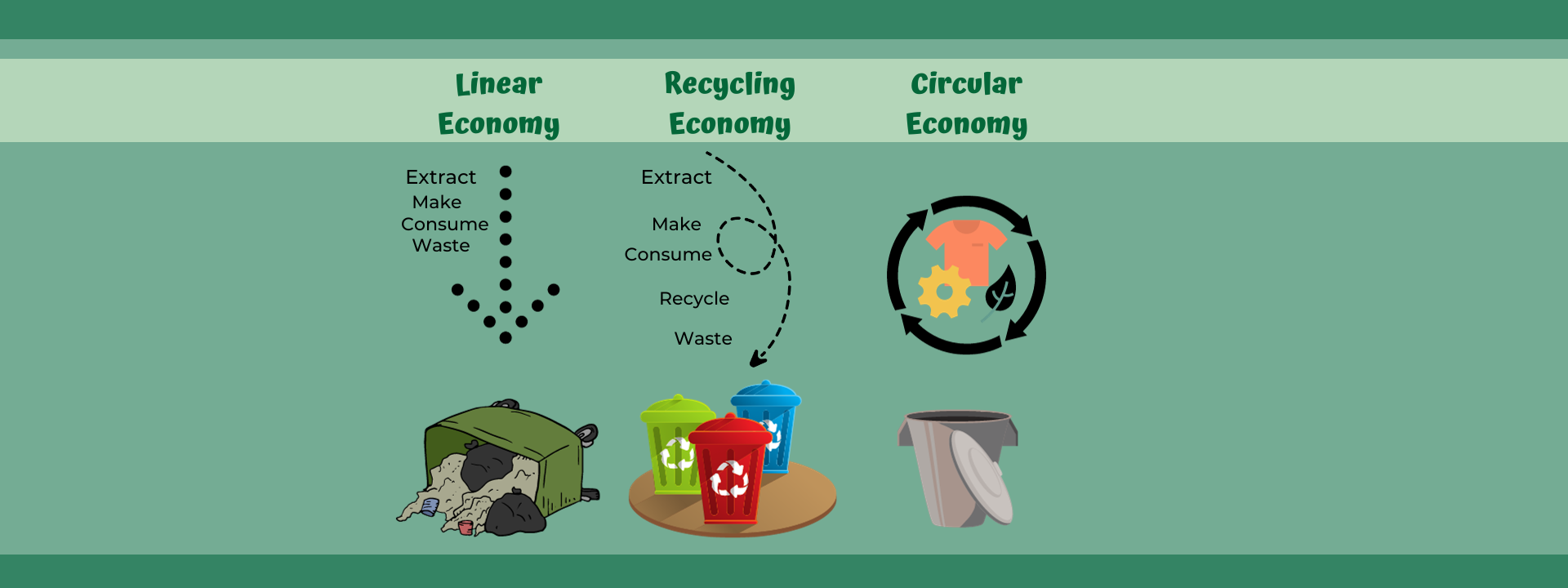
5 Circular Economy Companies in Canada To Celebrate Waste Reduction Week
Say hello to 6 Circular Economy Companies in Canada this October as we Celebrate innovators during Waste Reduction Week.

